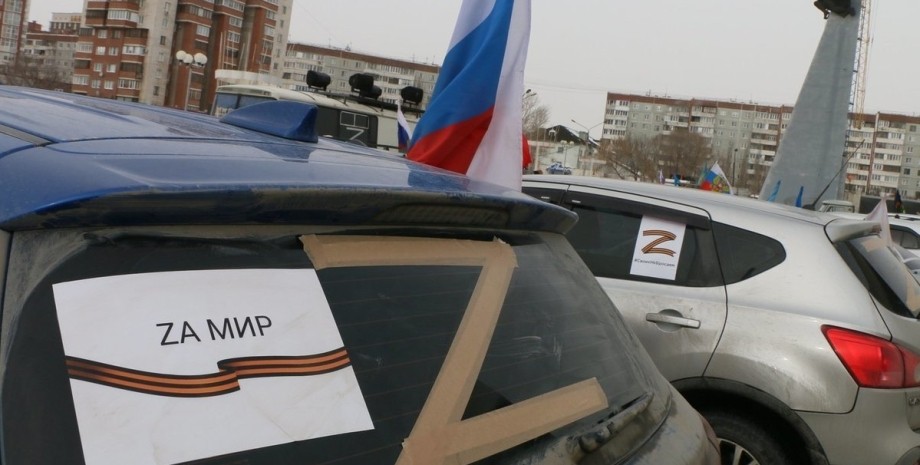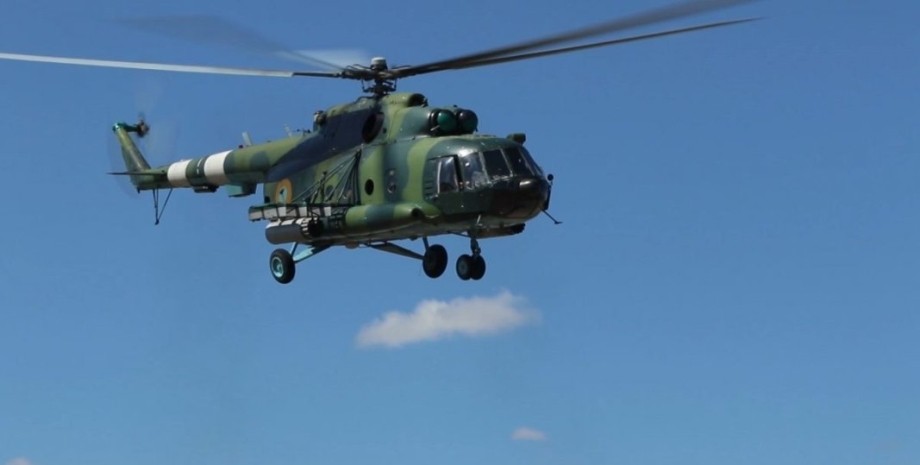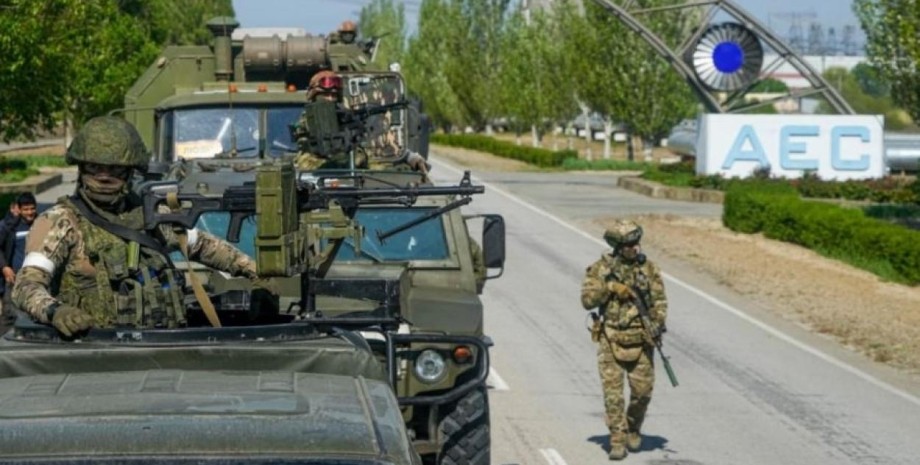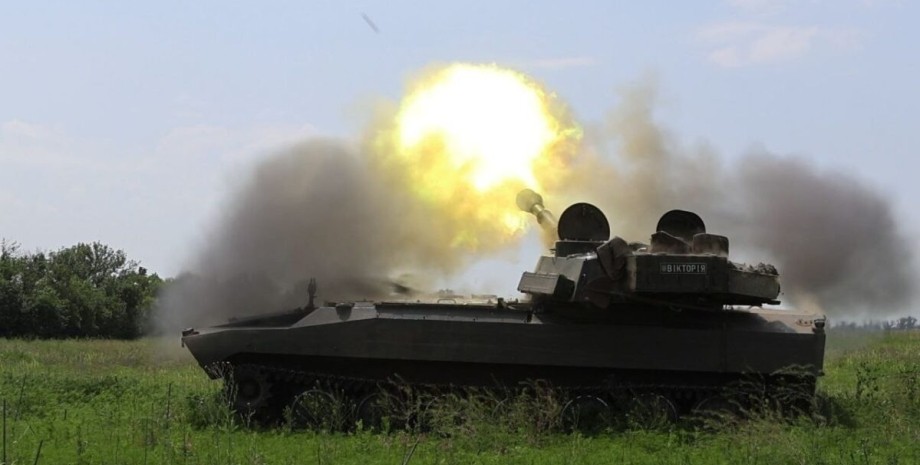
" Since then, Scandinavian defense experts have emphasized that these two countries will bring modern weapons and well -trained armed forces, as well as shortened routes to potential tension centers and a significantly strengthened northern flank. Focus has translated the new text of Michael Jonesson and Robin Heggbloma, dedicated to the new NATO capabilities in the Baltic.
To evaluate how effectively the Allies will be able to close the Baltic for Russian activity, it is important to understand the long history of their cooperation, as well as the military geography of the region. The history of Sweden and Finland cooperation with each other and with current NATO members will promote their rapid integration into the Alliance.
However, it is still necessary to do a lot of work to make the benefits of its new members in full, and such big countries as the United States and the United Kingdom should play a particularly important role in this. It is the deepening of regional military cooperation in combination with a clearly defined division of labor that will transform NATO Lake from a sharp word into a military reality.
Military cooperation between Sweden and Finland has a long history - Sweden gave Finland weapons, when and in 1939 she hardly repelled the attempt of the Soviet invasion. In its current form, cooperation began in the late 1990s, mainly in the naval sphere. Initially started for the sake of reducing costs, cooperation has expanded and deepened since 2014, which was caused by increased concern about the open -ended sentiment of Russia.
Although cooperation is developed between the Navy and the Air Force of the two countries, as before, the best developed, their armies were subsequently started to train more actively, in particular in the process of large-scale exercises. These exercises give an idea of how cooperation under the auspices of NATO can develop.
At the Aurora-17 Swedish exercises, which participated in more than 19,000 servicemen from Sweden, Finland, the United States and other countries, Finnish soldiers trained to defend the strategically important Gotland Island. In the course of the northern winds-19 exercises, the Swedish brigade, enhanced by the Finnish battalion, defended the north of Sweden, and on the side of the "Red" was the Norwegian brigade, enhanced by the US and British troops.
Several Swedish and Finnish units have actually "have been" worried, regularly working with partner units from another country with which they have joint specialization or geographical areas of responsibility. A close relationships were established between the staff of these units at all levels, which greatly facilitates cooperation.
The most indicative is the fact that the Air Force of Sweden, Finland and Norway have been conducting joint training for more than ten years, regularly participating in the main national training of the Air Force of each other, as well as conducting high -quality large -scale multinational training twice a year. Without official membership in the Alliance, cooperation remains at the level of operational compatibility, but without any joint command structures.
With the support of the US and the United Kingdom, NATO can deepen this cooperation and extend it to other countries in the region. The advantages of Swedish-Finnish cooperation are most obvious in the possibility of more effective protection of the Baltic countries.
A number of research emphasizes the complexity of protecting this region in the case of Russian aggression, especially when it comes to providing air support and reinforcements to suppress Russian air defense agents and anti -ship missiles. But with the help of Swedish bases, the NATO military-air forces could increase the pace of its operational activity, and reinforcements avoided the most pressing threats from the Kaliningrad Exclusive.
Close coordination between Denmark, Norway and Sweden can also guarantee the safety of approaches to the Baltic Sea by the North Sea and preserve the open maritime routes with the western coast of Sweden, especially with the port of Gothenborg. Both of these tasks will be crucial to ensure the flow of reinforcements and deliveries. Cooperation will bring additional benefits in the maritime.
Today, the Baltic Sea is usually considered a controversial reservoir because Russia has a small fleet at Kaliningrad and Gulf of Finnish. Of the three NATO regional naval forces capable of overwatering, only Poland dedicated itself to the Baltic Sea, and Germany and Denmark shared their priorities between Baltic and North Atlantic.
However, with the introduction of Finland and Sweden in NATO there will be radical changes: the fleet will include many modern ships designed for coastal conditions, taking into account the fleet of new submarines of Sweden. Following investments in modern coastal anti -ship missile batteries, Finland and Estonia will be able to close the Gulf of Finnish for enemy navigation.
This will actually divide the Russian Baltic Fleet into two parts and stop any movement on the water between the Kaliningrad Edsklav and the mainland of Russia. Large Russian surgery will be associated with high risk, and in the case of planting the Russian landing-perhaps on the Gotland, the ALandsk or Bornhole Islands-maintaining any temporary bridgehead will be highly expedient and, undoubtedly, a deadly measure.
Finally, Sweden and Finland will also be able to jointly defend the European part of the Far North-a large and sparsely populated area, located mainly above the 65th parallel and covering parts of Norway, Sweden, Finland and Russia. Although this issue may be minor for NATO, the far north is crucial for Russia, since the Northern Navy is based here in Murmansk. Here is the majority of submarines that make up the Russian potential of the second blow.
The area is also crucial for monitoring the Arctic routes of air and missile strikes of the US long range and will be a starting point for any attempt by Russians to intercept American reinforcements in Europe. The question of how to protect Northern Norway in the event that Russia has tried to move further west is a problem for NATO strategists. The shortest and easiest route to Northern Norway runs through Finland and Sweden.
This led to an unacceptable situation where all three countries conducted their own independent planning that in practice would be the only combat theater. The integration of Swedish and Finnish forces into NATO plans - with an emphasis on geography and terrain, not national borders - will greatly facilitate the protection of the northernmost flank of the Alliance. In addition to the above steps, the consolidation of NATO defense planning will bring other long -term benefits.
One of the most important steps is to unite sensors and systems through national borders. For example, Finnish and Norwegian terrestrial radar systems are based further to the east than their Swedish colleagues, and Sweden, for its part, has a much better idea of the situation on the Baltic Sea and over its location and air sensors. Yes, integration will give all countries of the region a holistic picture of the situation in both the air and at sea.
This association has already begun with a recently announced Finnish-Estonian Agreement on the integration of their coastal defense, taking into account both sensors and anti-ship missiles of land base. Sweden, Finland and Norway Air Force also benefit from the merging of Finnish sensors and Norwegian F-35 with Swedish military bases and reconnaissance capabilities, reconstruction and observation, as well as from the unification .
Lastly, but no less important: reinforcement of the Baltic countries - probably through the territory of Sweden - will be much easier by combining data of sensors and coordinating potentials in the maritime and air spheres. However, problems do not disappear. The Scandinavian and Baltic countries have different strategic culture and are now focused on different operational areas.
While Finland and the Baltic countries focused mainly on their eastern land borders, Sweden pays paramount attention to the air power and the cessation of the amphibian landing. Denmark, for its part, is focused on the maritime sphere, especially at the entrance to the Baltic Sea, and Norway to protect its coastline and northern regions.
From the point of view of strategic culture, countries located on the border with Russia were sharply responded to the annexation of Russia by Crimea, while their neighbors, despite the increase in defense budgets, acted slower. Finally, all countries of the Scandinavian-Baltic region attach great importance to bilateral relations with the United States, which means that a reorientation of their defensive efforts to NATO may require some diplomatic tricks.
To smooth these potential problems, both US and UK leadership is important. It is these countries that have key opportunities in several industries - such as advanced intelligence and observations, air, and large expedition units - which are not in Finland and Sweden in the arsenals, as well as other small European allies. In the maritime sphere, Germany also becomes a big player in the region.
It is very important that the great NATO powers are honestly intermediaries and support the most important opportunities. While new NATO members are adjusting their current defense plans, US leadership will also help develop a regional strategy that will allow partners to solve specific operational tasks and orient deficient missions, which may not be their main priority, but necessary for the Alliance as a whole.
In particular, Sweden as a NATO member may need to adapt the structure of its forces. For the last half of the century, Sweden looked at the Baltic Sea in anticipation of a possible landing and air attack on its eastern shores. Although units and systems aimed at combating this threat still play an important role in NATO will change the geostrategic landscape.
With even greater cooperation and coordination, Sweden and Finland will not only strengthen their defense, but also better protect the territory that extends from the Arctic region of Norway to the Baltic border with Russia. Russian fleets in Murmansk, St. Petersburg and Kaliningrad can be redone effectively, and the threat of NATO's northern flank from Moscow is gradually weakened. Michael Jonesson is the Deputy Director of Research at the Swedish Defense Agency.




















Všetky práva vyhradené IN-Ukraine.info - 2022